Intrauterine vehicle installation and removal operations are a reliable method and are performed in order to prevent pregnancies. Intrauterine tool IUD application is a preferred contraceptive method for the purpose of preventing unwanted pregnancies. There are many ways to apply contraception, one of which is the operation of inserting and removing intrauterine means. The question of who is suitable for the operation of inserting and removing intrauterine vehicles and who should not be installed is also frequently searched and researched on the Internet.
It is worth noting that there are 2 types of methods of the operation of installing and removing intrauterine means. Copper spiral, i.e. copper wire spiral, is the first type. The second type of intrauterine means is the hormone spiral, also known as MIRENA. Each type of spiral has its own characteristics, advantages and disadvantages. The specialist doctor decides which spiral is more suitable for the patient after examining the patient's tests and characteristics. A gynecological examination is performed and then the doctor puts the spiral on the patient. Thanks to this method, pregnancy is prevented.
What is Intrauterine Tool?
The other name of the intrauterine tool is the spiral method. The most commonly used application from family planning methods is the intrauterine tool installation process. The most spiral method is preferred in the world. The effectiveness of inserting intrauterine vehicles is 2 types and manifests itself in 2 ways. Sperm that reaches the inner part of the uterus dies by means of intrauterine means. Spiral allows sperm to die. The spiral prevents the sperm from passing into the tube and prevents the resulting embryo from nesting in the inner part of the uterus.
Intrauterine tools, i.e. spirals, are produced in the form of the letter 'T' so that they can adapt to the cavity of the inside of the uterus. Copper-coated spirals, which have sperm-killing properties, are classic spirals. The hormone spiral method is a type of application that has started to be used frequently today. It is seen that hormone spirals with progesterone hormone properties are preferred for some treatments. We see that hormone spirals have been preferred in recent years for the purposes of prevention and treatment of gynecological diseases.
What area is the intrauterine vehicle fitting and removal looking at?
Gynecology is the name of the branch of intrauterine vehicle installation and removal operations in medicine. Specialist doctors who perform the operation of inserting and removing intrauterine tools are doctors working in the field of gynecology. The branch of science that treats and examines the woman's organism and genitalia is called gynecology. You can go to the department of gynecology, obstetrics and gynecology, which examines the female genitalia from a morphological, pathological, physiological point of view, and have your intrauterine instruments fitted and removed.
We carry out intrauterine vehicle installation and removal operations and all treatments and diagnoses related to women's reproductive systems and care procedures from the gynecology department. Obstetrics, infertility, IVF, gynecology, family planning, sexual diseases, sexual problems and gynecological oncology all belong to the field of gynecology. Doctors who are trained in gynecology, specialist physicians are called gynecologists. The department of obstetrics and gynecology is the same. They are named after doctors, obstetricians and gynecologists who are experts in 2 fields.
What is Intrauterine Vehicle Installation and Removal Operation?
In order to install and remove intrauterine vehicles, the medical history of the person who applied to the doctor must be examined first. Gynecological examination is performed and the patient's medical history is examined. The operation of installing and removing intrauterine vehicles should be carried out in the hospital and clinical environment and should be carried out with the help of a specialist doctor. You should go to obstetrics and gynecology departments, make your appointment with these departments at the hospital. You can get the necessary information about the intrauterine tool from the obstetrics and gynecology departments.
You may feel a pain similar to the pain felt in needles during insertion and removal of an intrauterine tool. Within a few minutes, the operation to install and remove the intrauterine vehicle is finished. General anesthesia is performed only in very special cases. With ultrasonography, the condition of the intrauterine vehicle and how it is installed can be seen at the end of the procedure. Whether the spiral is placed in the inner parts of the uterus area is checked by the doctor and the intrauterine tooling process is finished.
How to Perform Intrauterine Vehicle Installation and Removal Operation?
The operation of installing and removing intrauterine vehicles ends in minutes. In some people, general anesthesia is also performed according to the patient's condition. With ultrasonography and gynecological examination, the structure of the female uterus is evaluated by the doctor first. The operation of installing and removing intrauterine tools begins with the step of cleaning the cervix with an antiseptic solution.
With the operation of installing and removing intrauterine tools, sperm are prevented from reaching the egg and fertilization. Even if fertilization occurs, the structure of the intrauterine wall is disturbed, the placement of the fertilized egg is prevented by intrauterine tool. One of the contraceptive methods is the operation of inserting and removing intrauterine tools. The reason why the intrauterine tool is used and preferred very often is that it is economical and the effectiveness of the spiral begins immediately. The immediate acquisition of the person's fertility at the moment of removal of the spiral also ensured that the intrauterine tool was one of the most frequently used ways.
Intrauterine Vehicle Installation and Removal Operation
The operation of inserting and removing intrauterine vehicles is short-lasting and has become one of the most used contraceptive methods in recent years. The operation of installing and removing intrauterine vehicles is carried out by spiral. It is produced in spiral polyethylene, i.e. plastic structure. Spirals wrapped in copper wire are tools designed in the form of t to adapt to the wall structure inside the uterus.
In the process of installing and removing the intrauterine tool, a spiral is placed, while some ropes are placed for the purpose of removing the spiral. Thanks to these inserted ropes, the spirals do not slip and stand in the right position. Thanks to the mechanism of action of the spiral, sperm cannot hold on to the uterine wall, it is prevented and the formation of pregnancy is prevented.
What are the Advantages of Intrauterine Vehicle Installation and Removal Operation?
We stated that the operation to install and remove intrauterine vehicles was carried out by appointment from the department of obstetrics and gynecology in the hospital. You can get detailed information about the intrauterine tool from specialist doctors by going to gynecology and obstetrics departments. The advantage of the intrauterine tool is that it prevents pregnancies. You can be protected from pregnancy for a long time.
With the operation of installing and removing the intrauterine tool, you are protected from pregnancy for a long time and as soon as you remove the spiral, fertility will come back to you immediately. It is an economical method of contraception and can also be used during breastfeeding.
Process After Intrauterine Vehicle Installation and Removal Operation
After the operation of installing and removing the intrauterine vehicle, the process begins immediately, that is, pregnancy is prevented. If you encounter menstrual irregularities and menstrual irregularities after the operation of inserting and removing intrauterine vehicles, you should immediately go to your specialist doctor, gynecologist, obstetrician.
Edema may occur after the operation of installing and removing intrauterine vehicles. In some cases, weight gain and edema occur in patients and the probability of this condition occurs very little. You should go to obstetrics and gynecology departments and discuss the problems and pains that develop in your body after intrauterine vehicle operation by going to your specialist and consult your doctor about your condition.
https://www.healthlinkbc.ca/pregnancy-parenting/birth-control/intrauterine-device-iud-birth-control


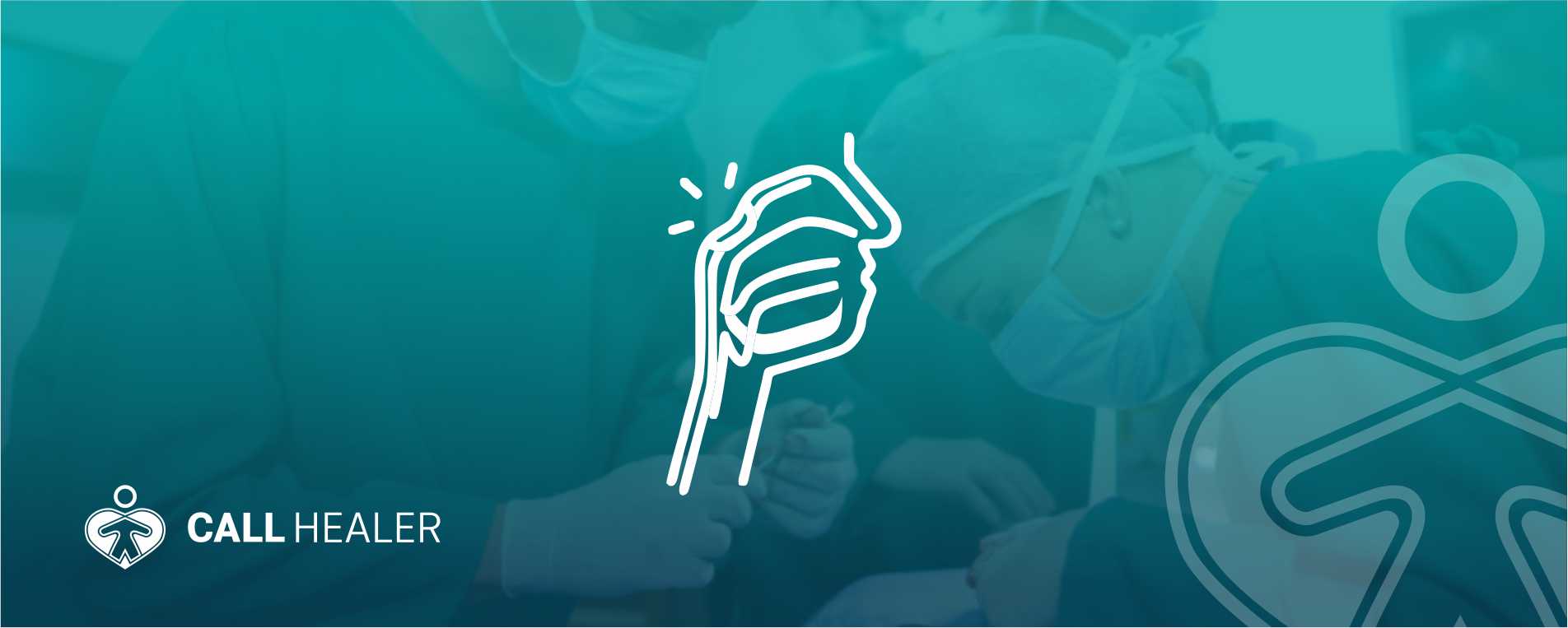
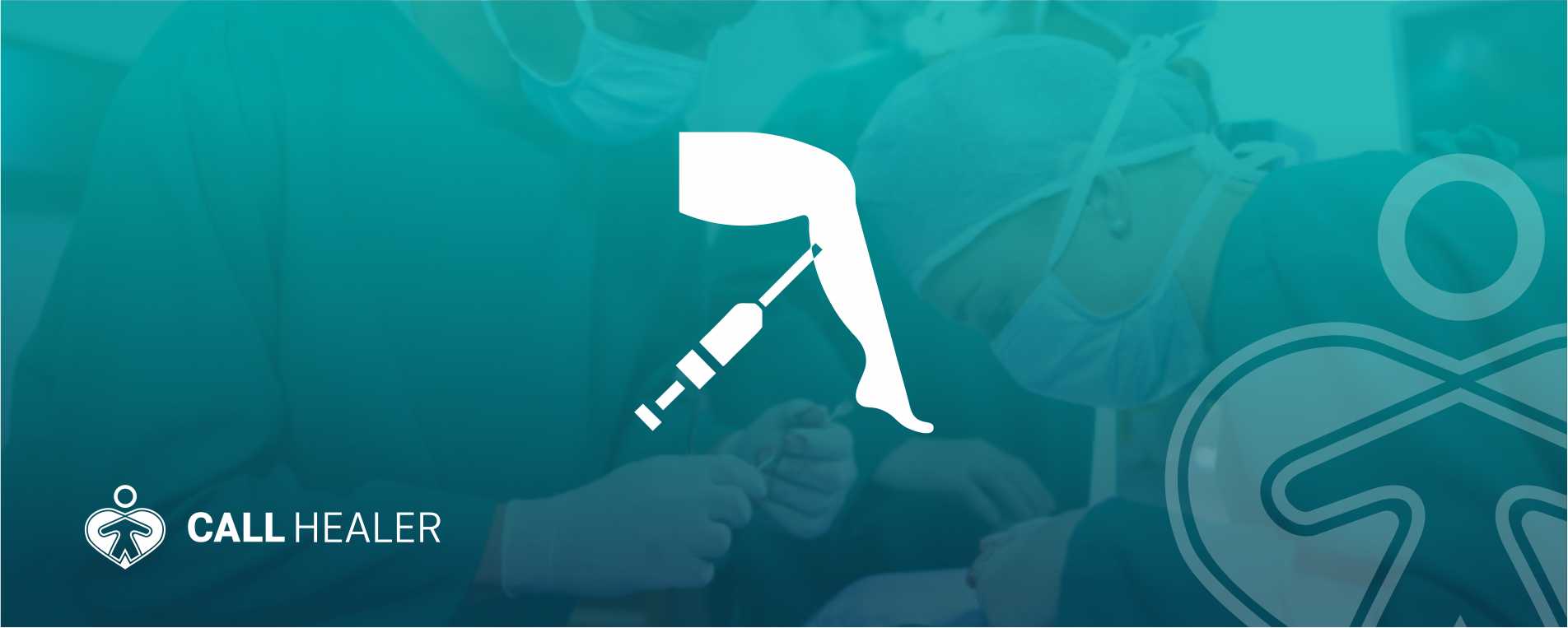

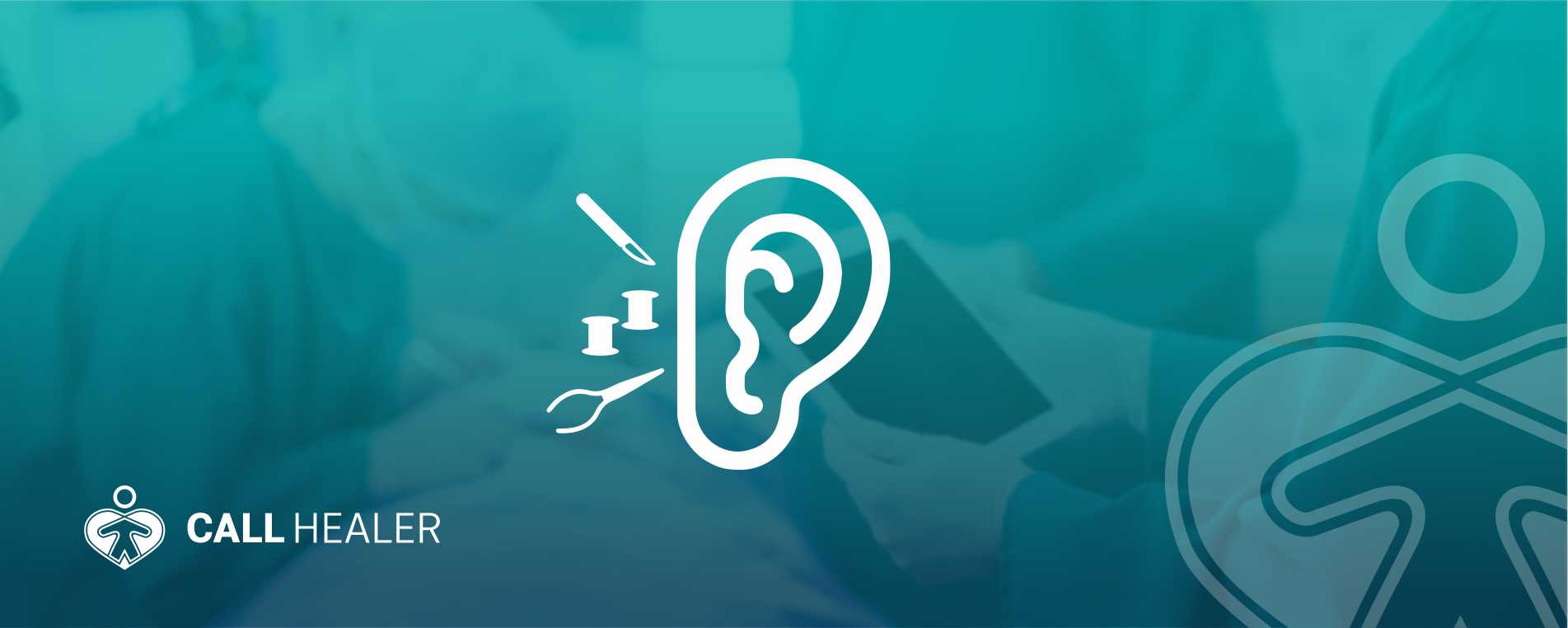



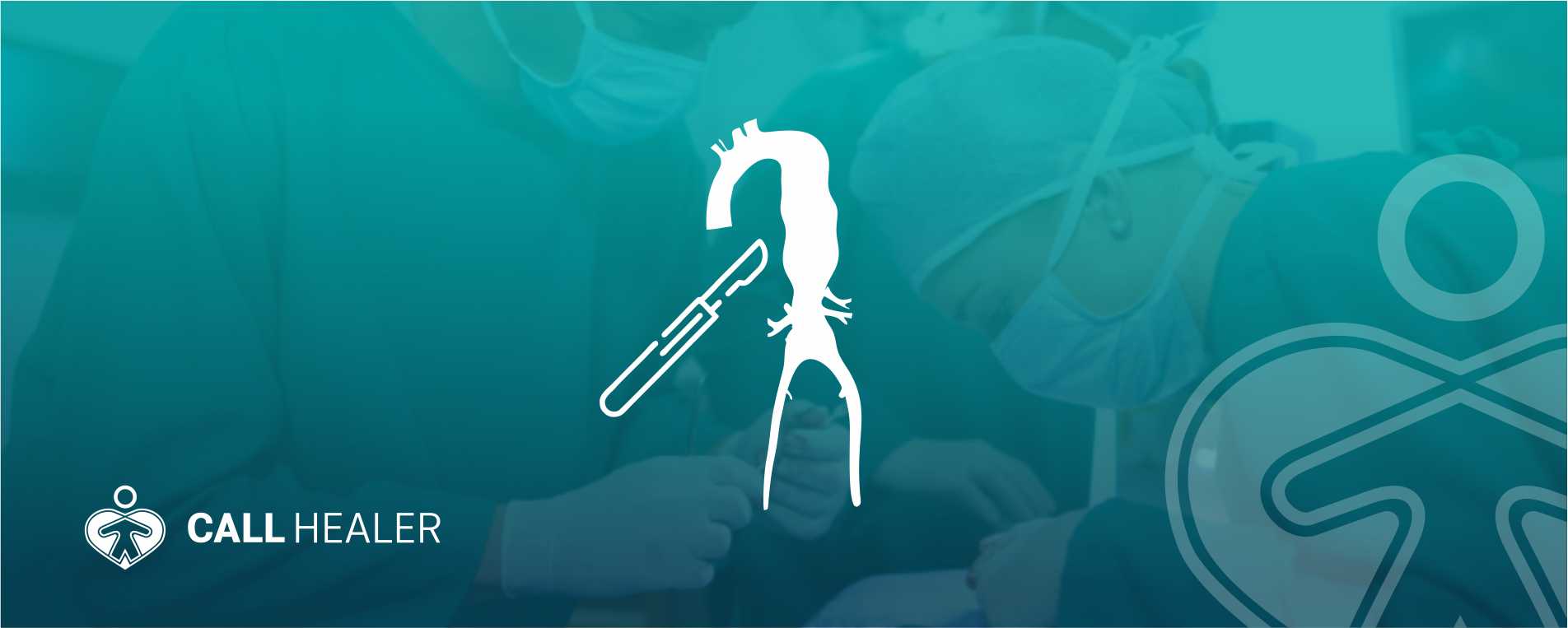
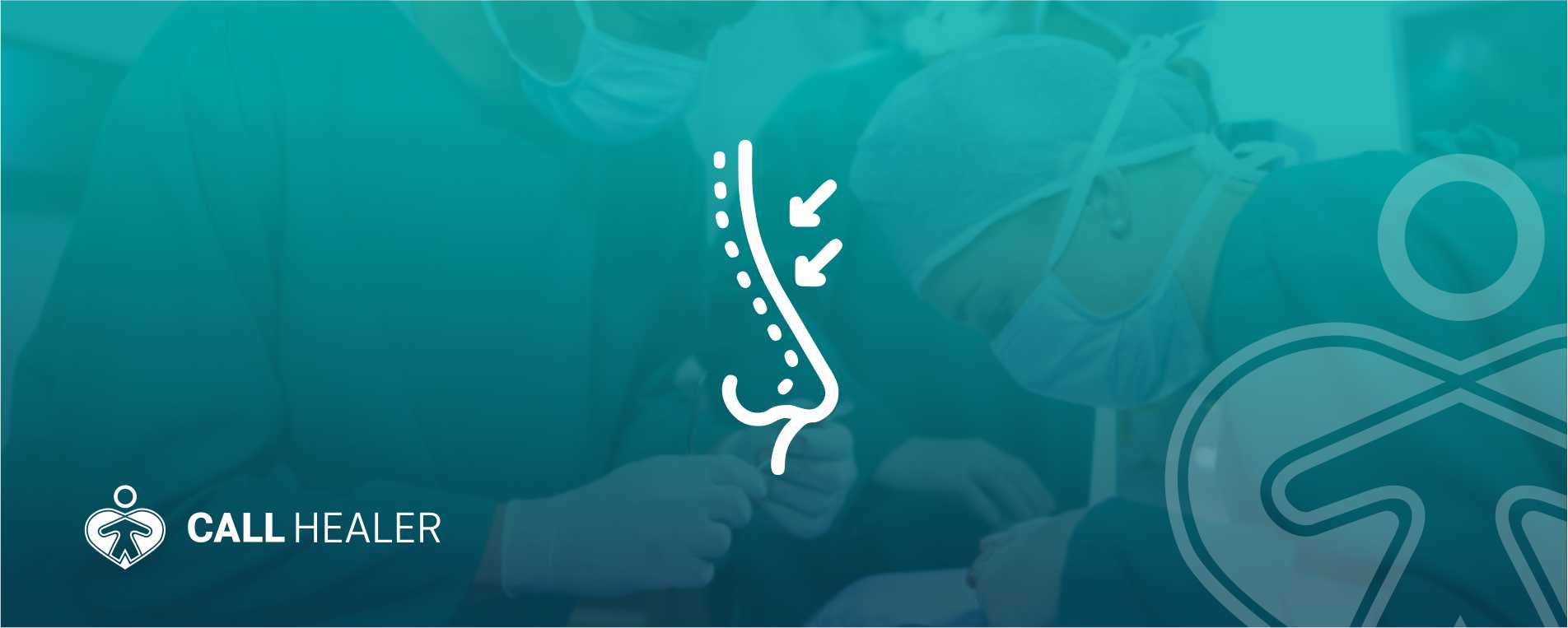
{{translate('Yorumlar')}} ({{yorumsayisi}})